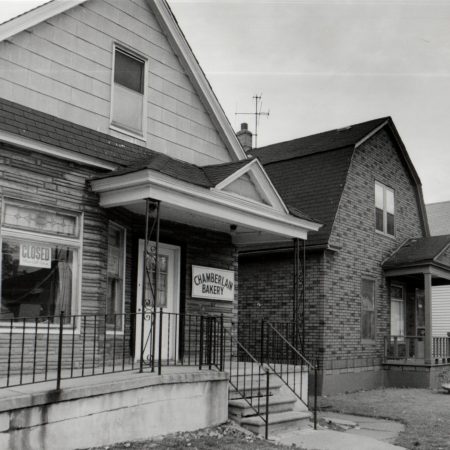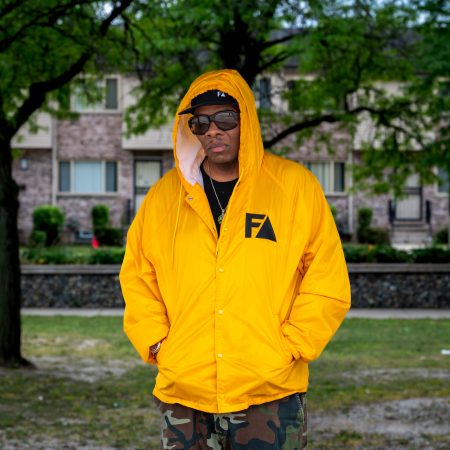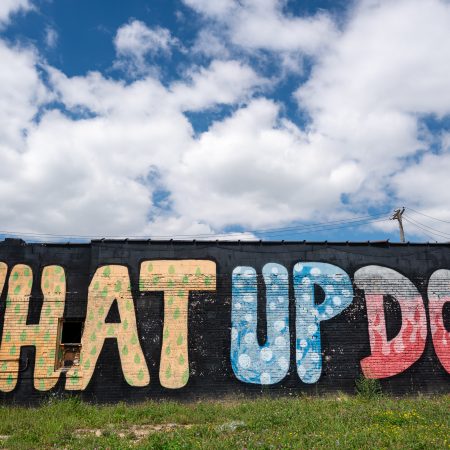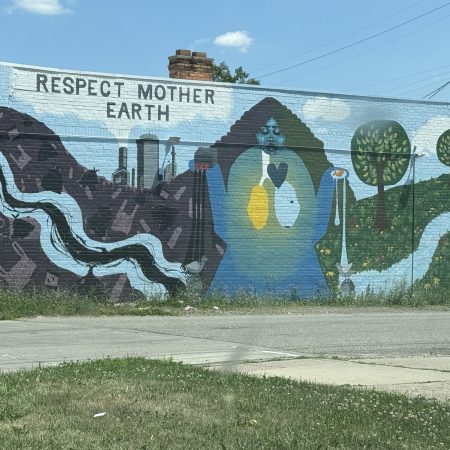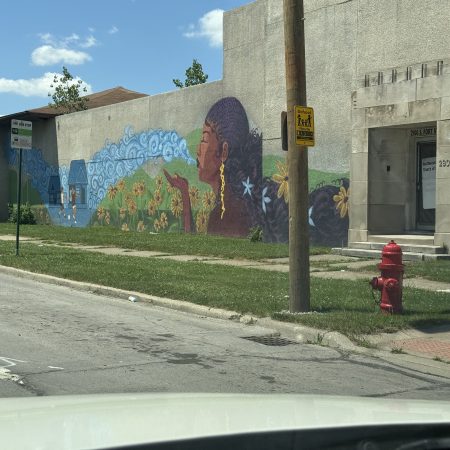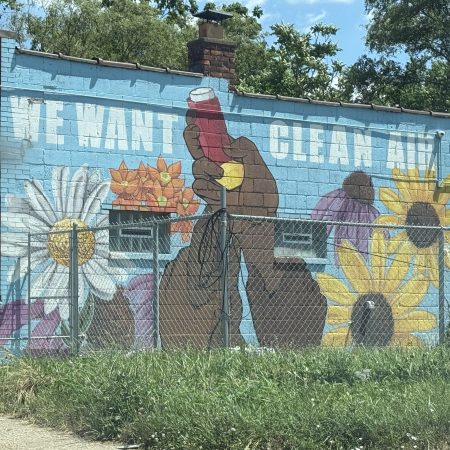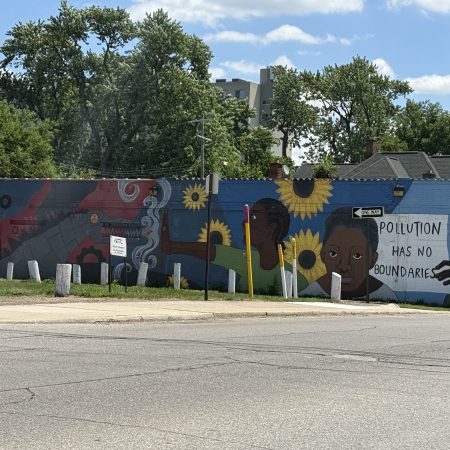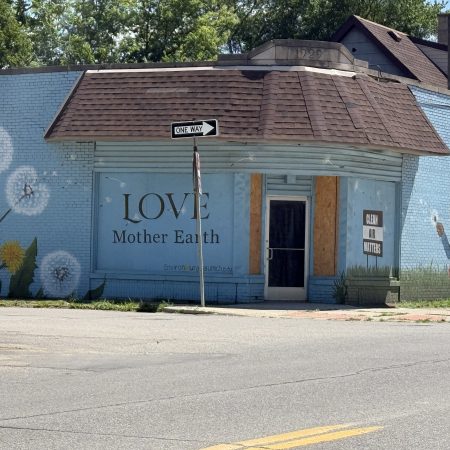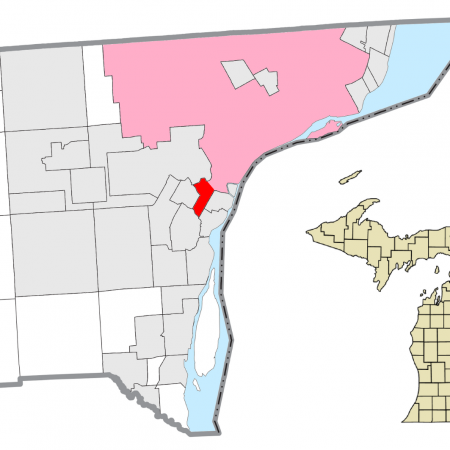CuriosiD: What happened to the Chamberlain Bakery in Southwest Detroit?
WDET’s CuriosiD series answers your questions about everything Detroit. Subscribe to CuriosiD on Apple Podcasts, Spotify, NPR.org or wherever you get your podcasts.
In this episode of CuriosiD, listener Martha Rotter asks the question:
“What happened to Chamberlain Bakery and their sour rye bread recipe?”
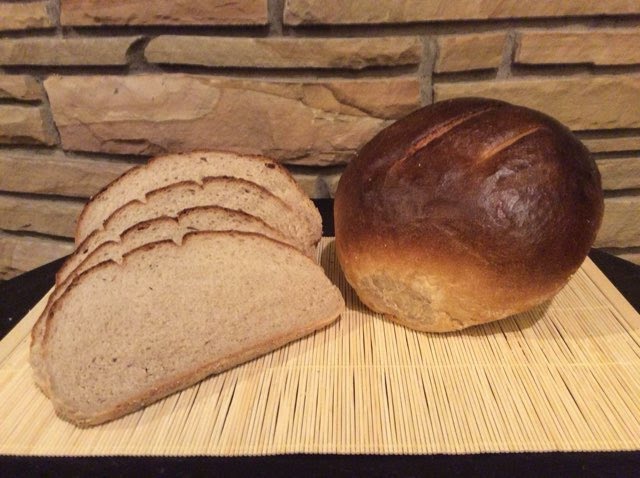
The short answer
The Chamberlain Bakery was opened in 1924 by Lithuanian baker and owner Stanley Vasilauskis. It was located on a residential street in Southwest Detroit.
The bakery was owned by family members over the years, until about 1980, when Werner Lehmann purchased it. In 2002, the company Alexander & Hornung purchased the bakery. It was closed between 2008–2009.
A nostalgic walk through Chamberlain Street
On Detroit’s Chamberlain Street, people would wake up to the aroma of freshly baked sour rye bread from the Chamberlain Bakery.
It was opened by Lithuanian baker Stanley Vasilauskis (who also went by Wasilauskis) in 1924. He brought the recipe with him when he moved from Chicago, where his family owned the Wasilauskis Home Bakery.
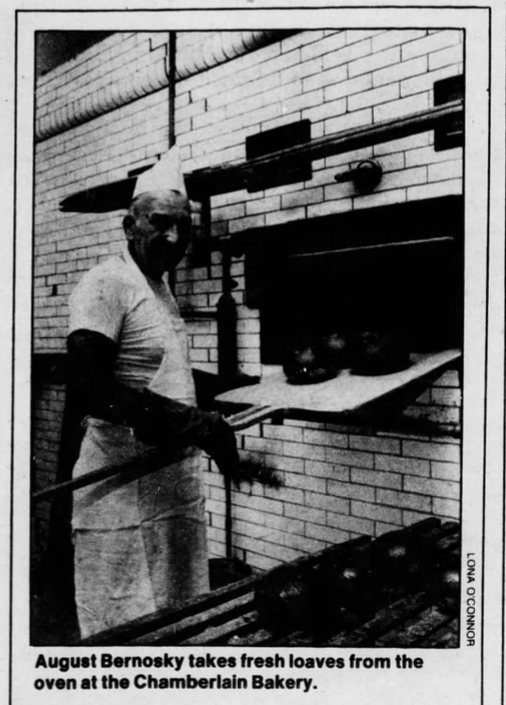
Livonia resident Martha Rotter remembers eating the bread with her German husband’s family during gatherings.
“Every time we got together, whether it was a potluck or just a regular family dinner, there was Chamberlain Bakery bread there… And they all agreed it was the best bread,” she says.
John Micallef, the CEO of Oakland Macomb OBGYN, grew up in Southwest Detroit near the Chamberlain Bakery. He worked on a paper route in the 1980s, close to the bakery.
“I remember stopping there on the way, doing the route, grabbing a snack. Sometimes in the morning, they would give you a cookie or something. We were really young back in the day,” he reminisces.
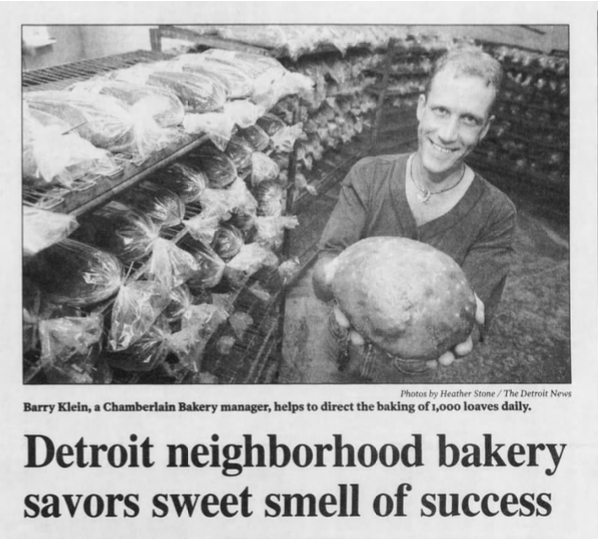
Micallef says the bakery was a gathering space where people knew you on a first-name basis.
“It was just a great neighborhood type of bakery, the kind you don’t really see too much anymore, but the smell was always wonderful. People were friendly. They knew you by your name.”
The bakery was sold again in 2002 to Alexander & Hornung, a sausage-processing company. Then-president Bernie Polen says the bakery was on its last leg and he purchased it to keep it alive.
At the time, they baked about 800 loaves of bread daily and distributed them to stores in metro Detroit. Polen says he closed the bakery around 2008 or 2009 because it wasn’t financially viable.
A second act for Chamberlain Bakery bread
David Alkevicius also grew up in Southwest Detroit on the sour rye bread from Chamberlain Bakery. He says many times he was the designated person in the family to grab loaves of bread for special occasions.
When he learned the bakery had closed down, he decided he needed to learn how to make the bread.
“Honestly to begin with, it was more selfish because I wanted it and I didn’t know anywhere to get it,” he laughs.
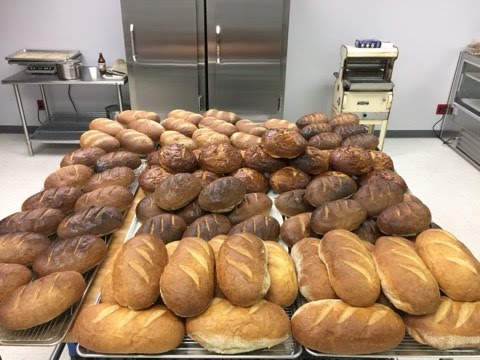
He began reaching out to people who formerly worked at the bakery to learn the recipe and make the sour rye bread.
It turns out the sour rye bread has a large fan following, in part due to how it was baked in a brick oven heated up to over 425 degrees. The coal burning oven stayed on practically all the time, until it was changed to a gas oven after Polen acquired the bakery. He says the oven would be turned off once a year to cool down and to allow a mason to patch the brick.
Alkevicius says the rye bread has a unique formula.
“Most rye breads that you buy from the store are 15% (rye). The sour rye from Chamberlain Bakery, they had a half and half, which was 50-50, and then their actual sour rye was 75%, and so it’s a heavy, dense bread, but still very soft,” he explained.
It took him about five years to perfect the recipe. He also made a few adjustments.
“You’d mix the hot, boiling water with the rye flour, and once it cooled, you added it to the mother dough. And I think it just changed the whole, you know, the whole composition of the bread, because I tried making it the traditional way, where people just mix flour and water, and it never came out right,” he said.
Alkevicius says it’s hard to find a similar bread in stores.
He began selling his bread at the Wilson Barn farmer’s markets for two years. Then he opened Alkevicius Breads in 2016, a bakery in Livonia located on Five Mile and Farmington Road that operated through 2018. He hopes he can bake the breads again someday.
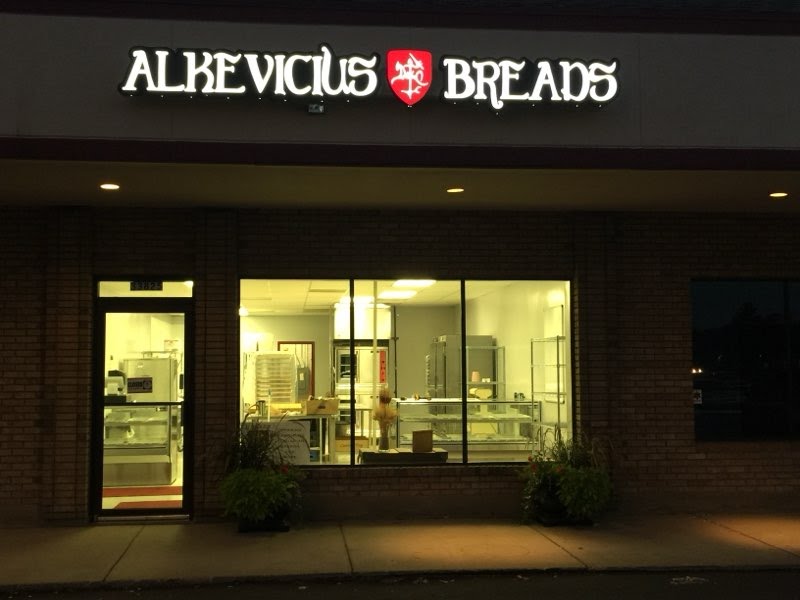
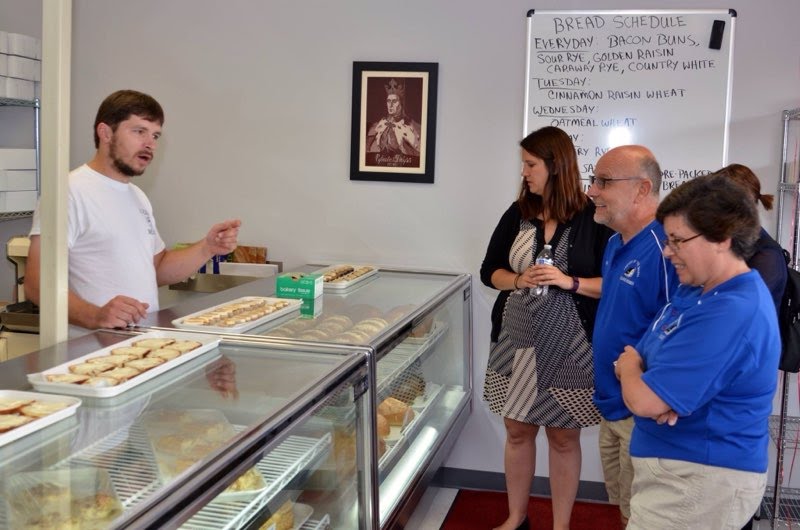
Although it’s been nearly two decades since the Chamberlain Bakery has shut down, many people still talk about it on Facebook and Reddit threads.
It holds a special place in people’s memories, with many hoping they can get another bite of the one-of-a-kind sour rye bread.
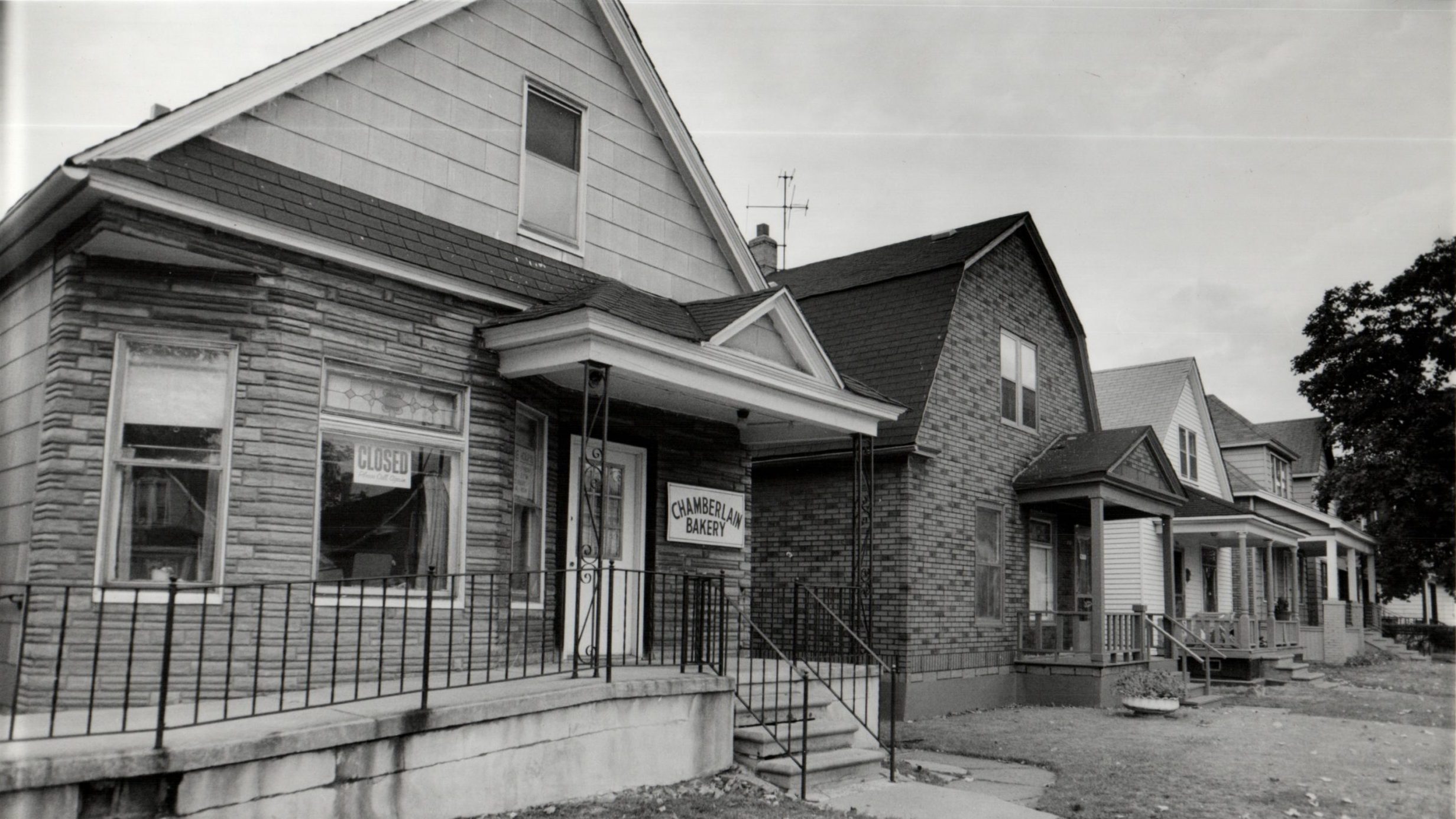
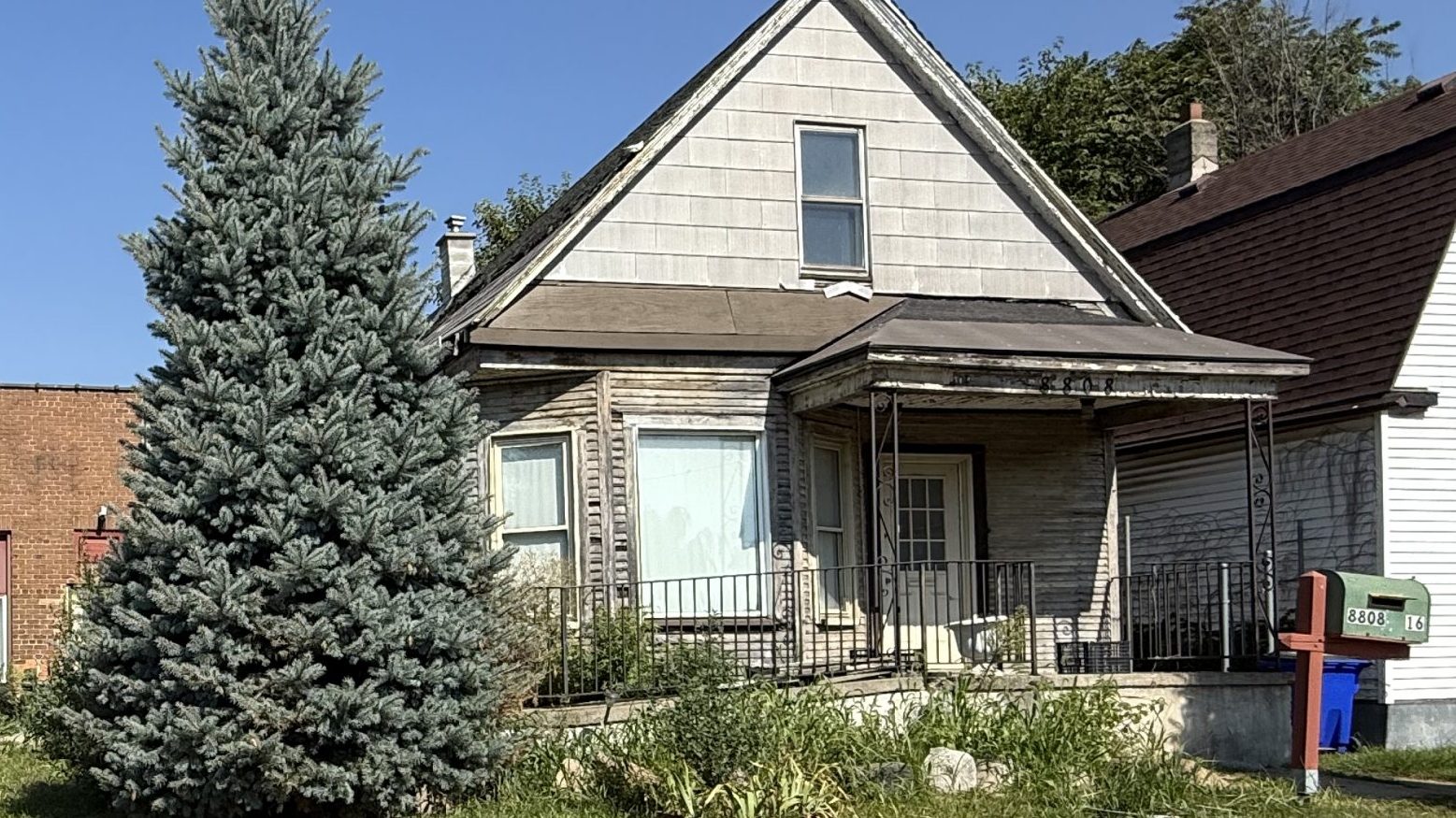
Lithuanians in Michigan
Algis Kaunelis is the cohost of the Lithuanian Melodies Radio Program on WMZK 690 AM.
Kaunelis grew up in Southwest Detroit on 25th and Vernor Street. His parents moved to Detroit during World War II. He says sour rye bread is popular among Lithuanians in the area.
“My parents ended up at a displaced persons camp in Germany, like a lot of other Lithuanians, and then eventually had a godmother in Detroit. And so, they settled in the Detroit area, which a lot of other Lithuanians did, because there were good automotive jobs that they could get and start earning a living right away.”
He too grew up eating bread from Chamberlain Bakery, which his family purchased from a local Lithuanian store that carried the bread.
Years later, he and his wife Patt volunteered their time to deliver about 25 loaves to All Saints Church on Fort Street on Saturday afternoons. The bread was donated by the baker until it shut down.
Today, Kaunelis says there are about 30,000 Lithuanians living in metro Detroit.
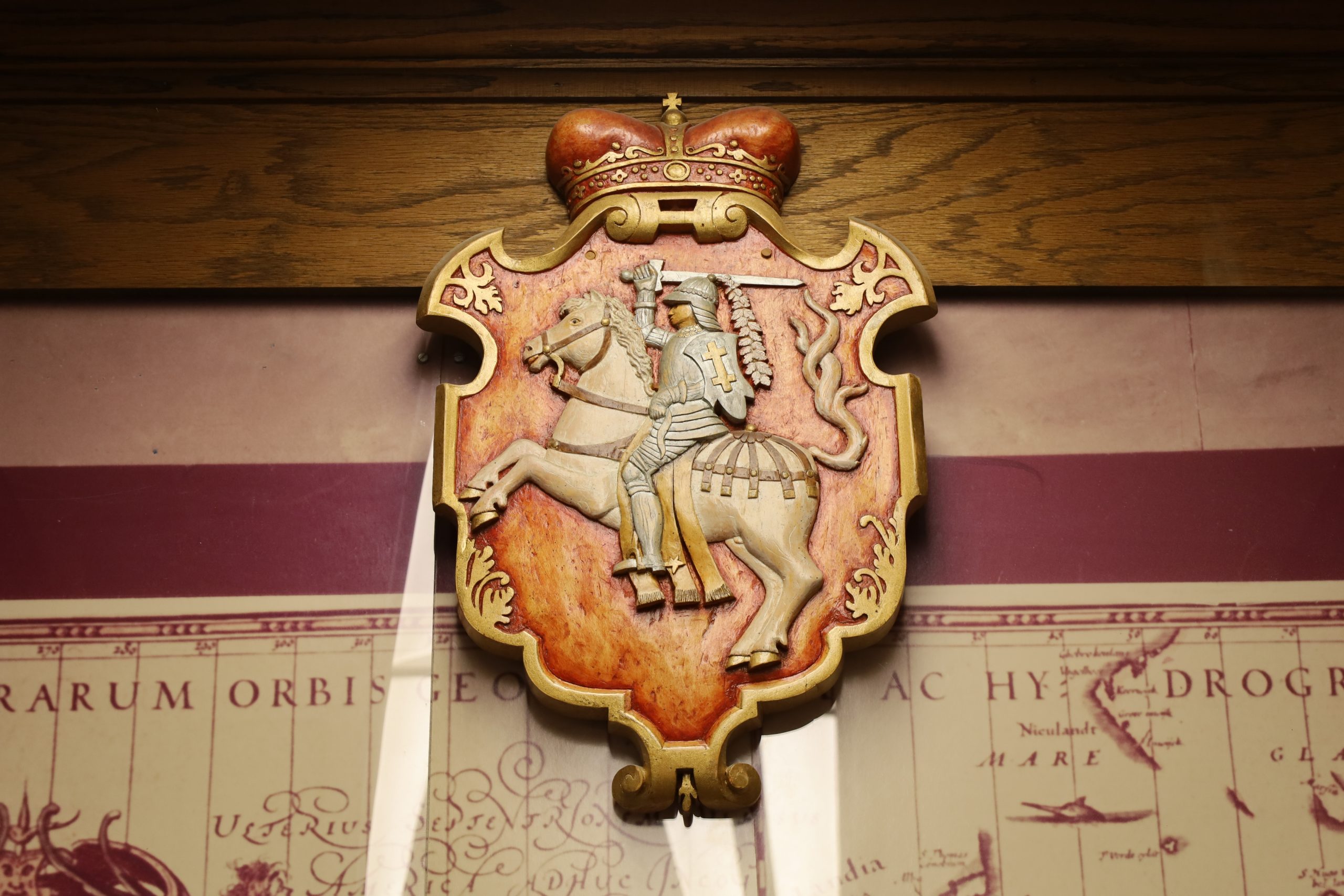
About the listener
Livonia resident Martha Rotter remembers having Chamberlain Bakery bread with her German husband’s family during gatherings. She says it went well with different pairings. She hopes the bakery opens up again someday, or that someone sells the bread once again.
We want to hear from you!
Have a question about Southeast Michigan’s history or culture? Send it our way at wdet.org/curious or fill out the form below. You ask, we answer.
Support the podcasts you love.
One-of-a-kind podcasts from WDET bring you engaging conversations, news you need to know and stories you love to hear. Keep the conversations coming. Please make a gift today. Give now »The post CuriosiD: What happened to the Chamberlain Bakery in Southwest Detroit? appeared first on WDET 101.9 FM.
